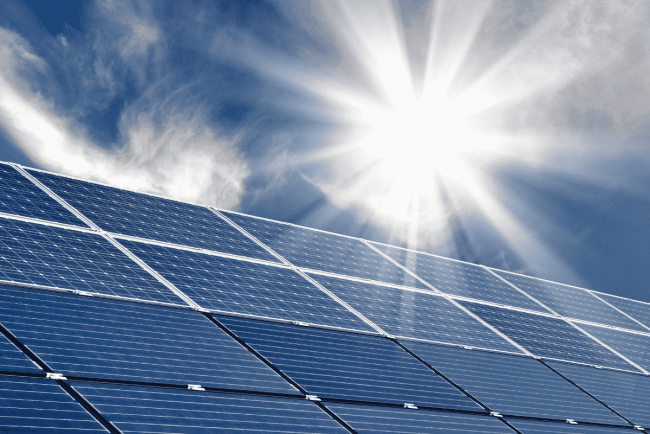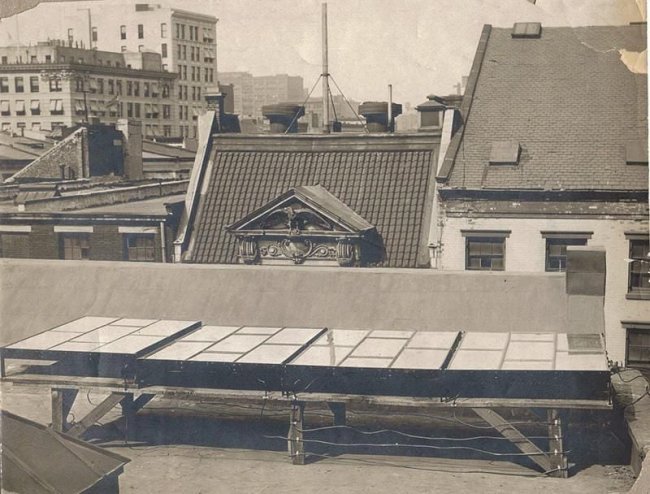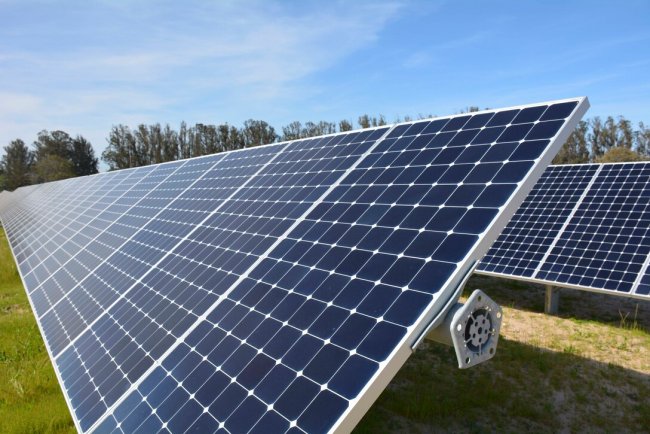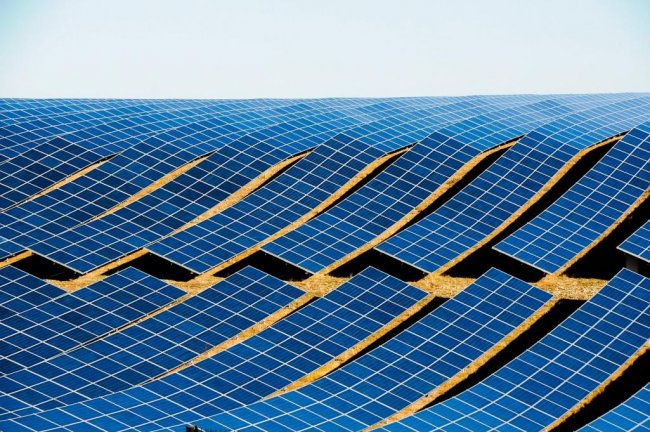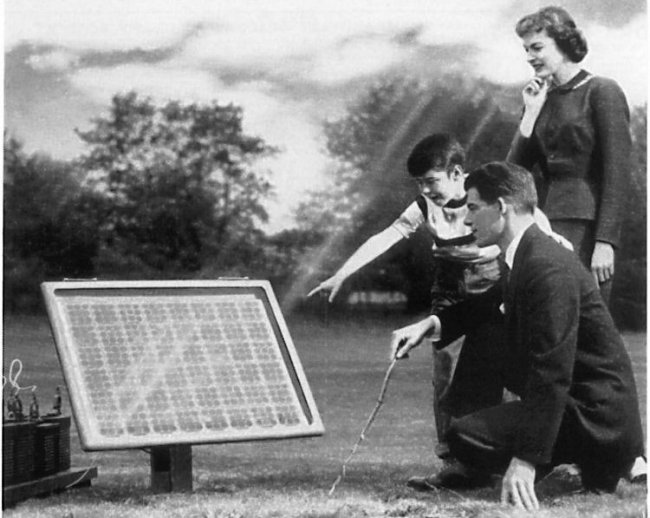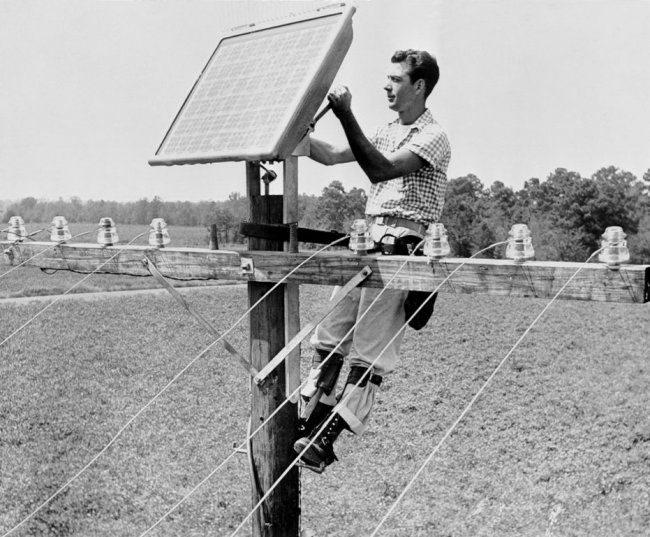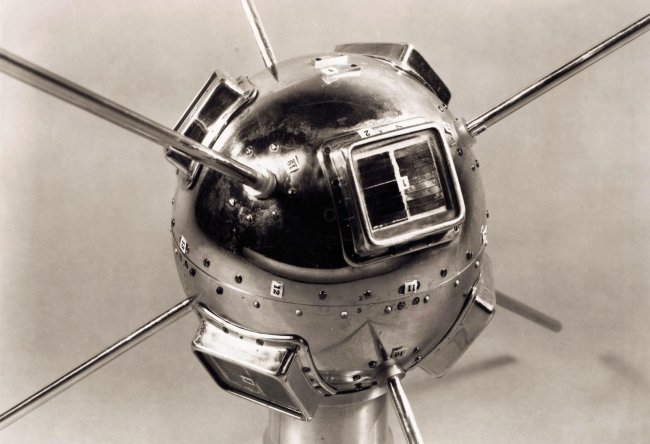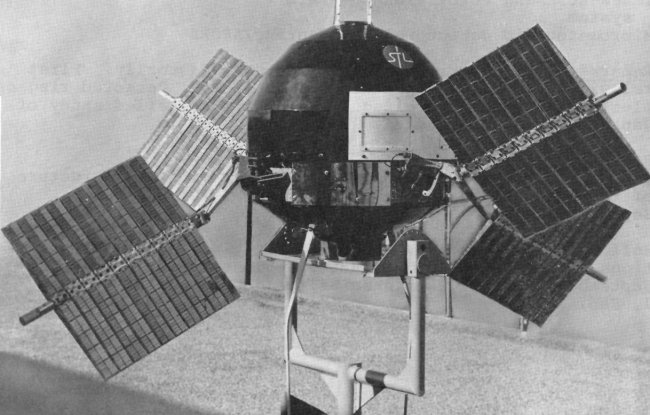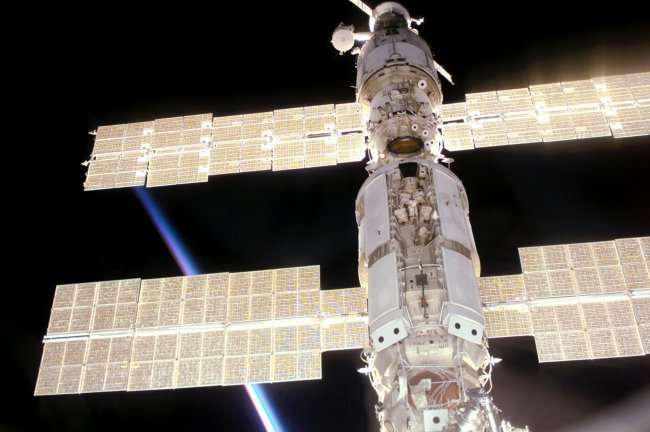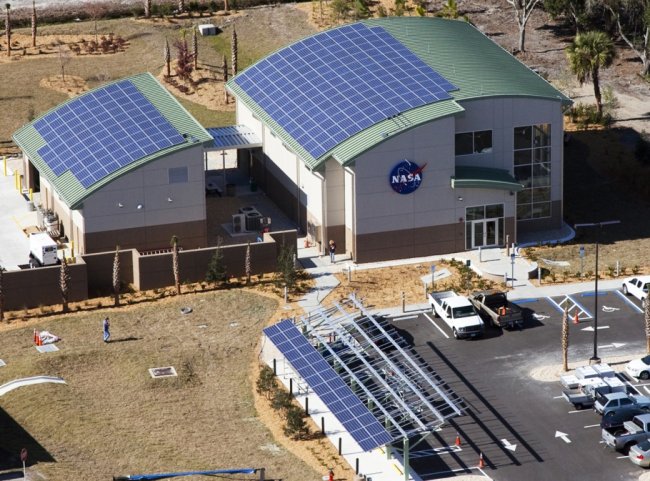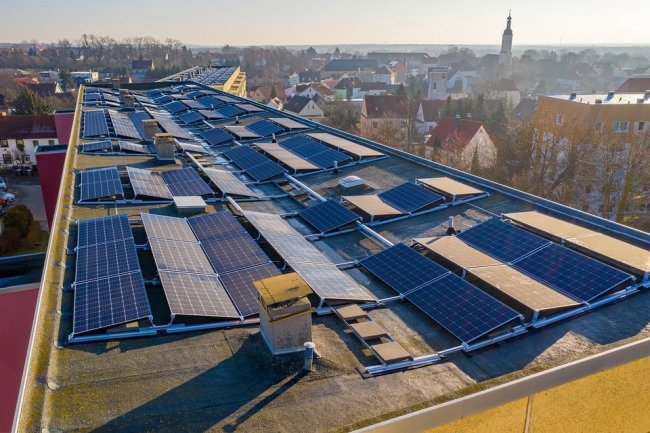The history of photovoltaics, how the first solar panels were created
Discoveries, experiments and theories
The history of photovoltaics begins with the discovery of the photoelectric effect. The conclusion that the current between metal electrodes immersed in a solution (liquid) varies with the intensity of illumination was presented to the French Academy of Sciences at its meeting on Monday, July 29, 1839, by Alexandre Edmond Becquerel. He subsequently published article.
His father, Antoine César Becquerel, is sometimes called the discoverer. This may be due to the fact that Edmond Becquerel was only 20 years old at the time of publication and was still working in his father's laboratory.
The great Scottish scientist James Clerk Maxwell was among many European scientists intrigued by the behavior of selenium, which was first brought to the attention of the scientific community in an article by Willoughby Smith published in the Journal of the Society of Telegraph Engineers in 1873.
Smith, chief electrical engineer of the Gutta Percha Company, used selenium rods in the late 1860s in a device to detect faults in transatlantic cables before diving. While the selenium rods worked well at night, they worked terribly when the sun came out.
Suspecting that the special properties of selenium had something to do with the amount of light falling on it, Smith placed the rods in a box with a sliding lid. When the drawer was closed and the lights were turned off, the resistance of the rods—the degree to which they impede the passage of an electric current through them—was maximal and remained constant. But when the lid of the box was removed, their conductivity immediately "increased in accordance with the intensity of the light."
Among the researchers who studied the effect of light on selenium after Smith's report were two British scientists, Professor William Grylls Adams and his student Richard Evans Day.
In the late 1870s, they subjected selenium to many experiments, and in one of these experiments they lit a candle next to the selenium rods that Smith was using. The arrow on their meter reacts immediately. Shielding the selenium from light caused the needle to immediately drop to zero.
These rapid reactions preclude the possibility of the heat of the candle flame producing a current, since when heat is supplied or removed in thermoelectric experiments, the needle always rises or falls slowly. «Therefore», the researchers concluded, «it was clear that the current could only be released in selenium under the action of light.» Adams and Day called the current produced by the light "photovoltaic."
Unlike the photoelectric effect observed by Becquerel, when the current in an electric cell changed under the action of light, in this case the electric voltage (and current) was generated without the action of an external electric field only under the action of light.
Adams and Day even created a model of a concentrated photovoltaic system, which they presented to many prominent people in England, but did not bring it to practical use.
Another creator photovoltaic cells based on selenium was the American inventor Charles Fritts in 1883.
He spread a wide thin layer of selenium on a metal plate and covered it with a thin translucent film of gold leaf. This module of selenium, Fritz said, produced a current "continuous, steady, and of considerable strength ... not only in sunlight, but also in weak, diffuse daylight and even lamplight'.
But the efficiency of his photovoltaic cells was less than 1%. However, he believed they could compete with Edison's coal-fired power plants.
Charles Fritts' gilded selenium solar panels on a New York City roof in 1884.
Fritz sent one of his solar panels to Werner von Siemens, whose reputation was equal to Edison's.
Siemens was so impressed by the electrical power of the panels when lit that a famous German scientist presented the Fritts panel to the Royal Academy in Prussia. Siemens told the scientific world that the American modules "presented to us for the first time the direct conversion of light energy into electrical energy."
Few scientists have heeded Siemens' call. The discovery seemed to contradict everything science believed at the time.
The selenium rods used by Adams and Day and Frith's "magic" panels did not rely on methods known to physics to generate energy. Therefore, the majority excluded them from the scope of further scientific research.
The physical principle of the photoelectric phenomenon was theoretically described by Albert Einstein in his 1905 paper on the electromagnetic field, which he applied to the electromagnetic field, published by Max Karl Ernst Ludwig Planck at the turn of the century.
Einstein's explanation shows that the energy of a released electron depends only on the frequency of radiation (photon energy) and the number of electrons from the intensity of radiation (number of photons). It was for his work in the development of theoretical physics, especially the discovery of the laws of the photoelectric effect, that Einstein was awarded the Nobel Prize in Physics in 1921.
Einstein's bold new description of light, combined with the discovery of the electron and the subsequent drive to study its behavior—all occurring in the early 19th century—provided photoelectricity with a scientific foundation it had previously lacked and which could now explain the phenomenon in terms understandable to science.
In materials like selenium, the more powerful photons carry enough energy to knock loosely bound electrons out of their atomic orbits. When the wires are attached to the selenium rods, the freed electrons flow through them as electricity.
Nineteenth-century experimenters called the process photovoltaic, but by the 1920s, scientists were calling the phenomenon the photoelectric effect.
In his 1919 book on solar cellsThomas Benson praised the pioneers' work with selenium as a forerunner of the "inevitable solar generator".
However, with no discoveries on the horizon, the head of Westinghouse's photovoltaic division could only conclude: "Photovoltaic cells will not be of interest to practical engineers until they are at least fifty times more efficient."
The authors of Photovoltaics and Its Applications agreed with the pessimistic forecast, writing in 1949: "It must be left to the future whether the discovery of materially more efficient cells will open up the possibility of using solar energy for useful purposes."
Mechanisms of photovoltaic effects: Photovoltaic effect and its varieties
Photovoltaics in practice
In 1940, Russell Shoemaker Ole accidentally created PN junction on silicon and found that it produced electricity when illuminated. He patented his discovery. The efficiency is about 1%.
The modern form of solar cells was born in 1954 at Bell Laboratories. In experiments with doped silicon, its high photosensitivity was established. The result was a photovoltaic cell with an efficiency of about six percent.
Proud Bell executives unveil the Bell Solar Panel on April 25, 1954, featuring a panel of cells that rely solely on light energy to power the Ferris wheel. The next day, Bell scientists launched a solar-powered radio transmitter that broadcast voice and music to America's leading scientists gathered for a meeting in Washington.
The first solar photovoltaic cells were developed in the early 1950s.
Southern Bell electrician assembles a solar panel in 1955.
Photovoltaic cells have been used as a source of electricity to power various devices since the late 1950s on space satellites. The first satellite with photocells was the American satellite Vanguard I (Avangard I), launched into orbit on March 17, 1958.
American satellite Vanguard I, 1958.
The Vanguard I satellite is still in orbit. It spent more than 60 years in space (considered the oldest man-made object in space).
Vanguard I was the first solar powered satellite and its solar cells provided power to the satellite for seven years. It stopped sending signals to Earth in 1964, but since then researchers have still used it to gain insight into how the Sun, Moon and Earth's atmosphere affect orbiting satellites.
American satellite Explorer 6 with raised solar panels, 1959.
With few exceptions, it is the main source of electricity for devices that are expected to operate for a long time. The total capacity of the photovoltaic panels on the International Space Station (ISS) is 110 kWh.
Solar panels in space
The prices of the first photovoltaic cells in the 1950s were thousands of dollars per watt of rated power, and the energy consumption to produce them exceeded the amount of electricity these cells produced in their lifetime.
The reason was, apart from the low efficiency, that practically the same technological and energy-intensive procedures were used in the production of photovoltaic cells as in the production of microchips.
In terrestrial conditions, photovoltaic panels were first used to power small devices in remote locations or, for example, on buoys, where it would be extremely difficult or impossible to connect them to the power grid. The main advantage of photovoltaic panels over other sources of electricity is that they do not need fuel and maintenance.
The first mass-produced photovoltaic panels appeared on the market in 1979.
The increased interest in photovoltaics as a source of energy on Earth, as well as in other renewable sources, was fueled by the oil crisis of the 1970s.
Since then, intensive research and development has been carried out, resulting in higher efficiency, lower prices and longer life of photovoltaic cells and panels. At the same time, the energy intensity of production has decreased to such an extent that the panel generates many times more energy than was used to produce it.
The oldest (still in use) large coastal structures date from the early 1980s. At that time, crystalline silicon cells were still completely dominated, the service life of which was confirmed in real conditions of at least 30 years.
Based on experience, the manufacturers guarantee that the performance of the panel will decrease by a maximum of 20% after 25 years (however, the results of the mentioned installations are much better). For other types of panels, service life is estimated based on accelerated testing.
In addition to the original monocrystalline silicon cells, a number of new types of photovoltaic cells have been developed over the years, both crystalline and thin film… However, silicon is still the dominant material in photovoltaics.
Photovoltaic technology has experienced a major boom since 2008, when crystalline silicon prices began to fall rapidly, mainly due to the transfer of production to China, which was previously a minority player in the market (the majority of photovoltaic production was concentrated in Japan, the U.S. , Spain and Germany).
Photovoltaics only became widespread with the introduction of various support systems. The first was the subsidy program in Japan and then the purchase price system in Germany. Subsequently, similar systems were introduced in a number of other countries.
Photovoltaic energy is the most common renewable energy source today and is also a very fast growing industry. It is widely installed on the roofs of buildings as well as on land that cannot be used for agricultural work.
The latest trends also include water installations in the form of floating photovoltaic systems and agro-photovoltaic installations, combining photovoltaic installations with agricultural production.

